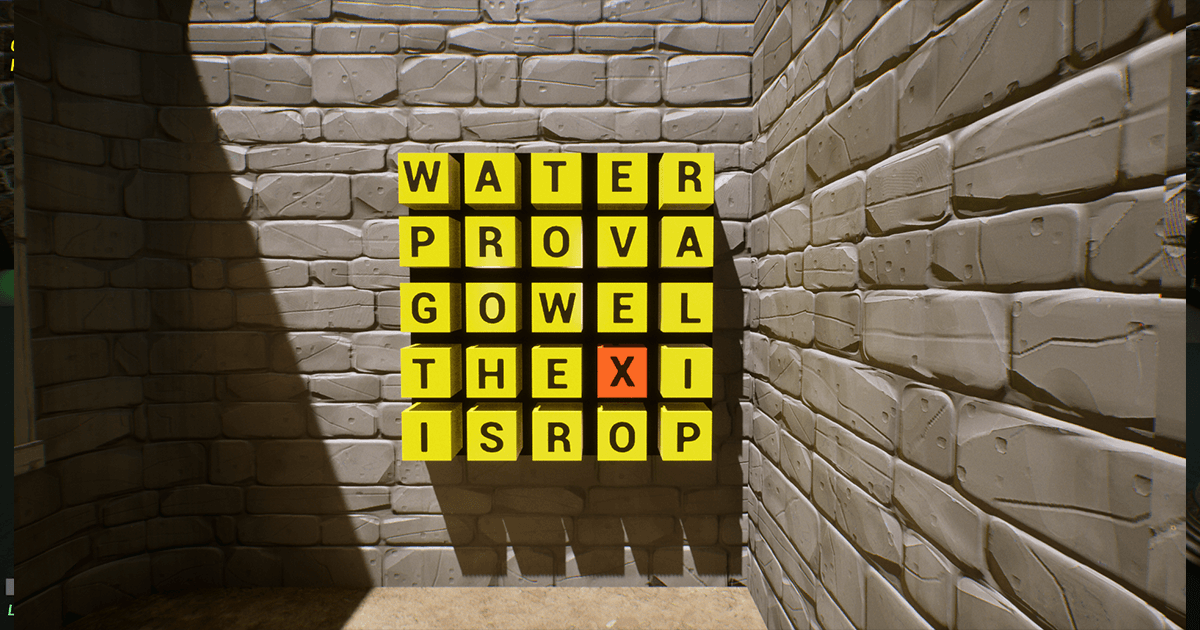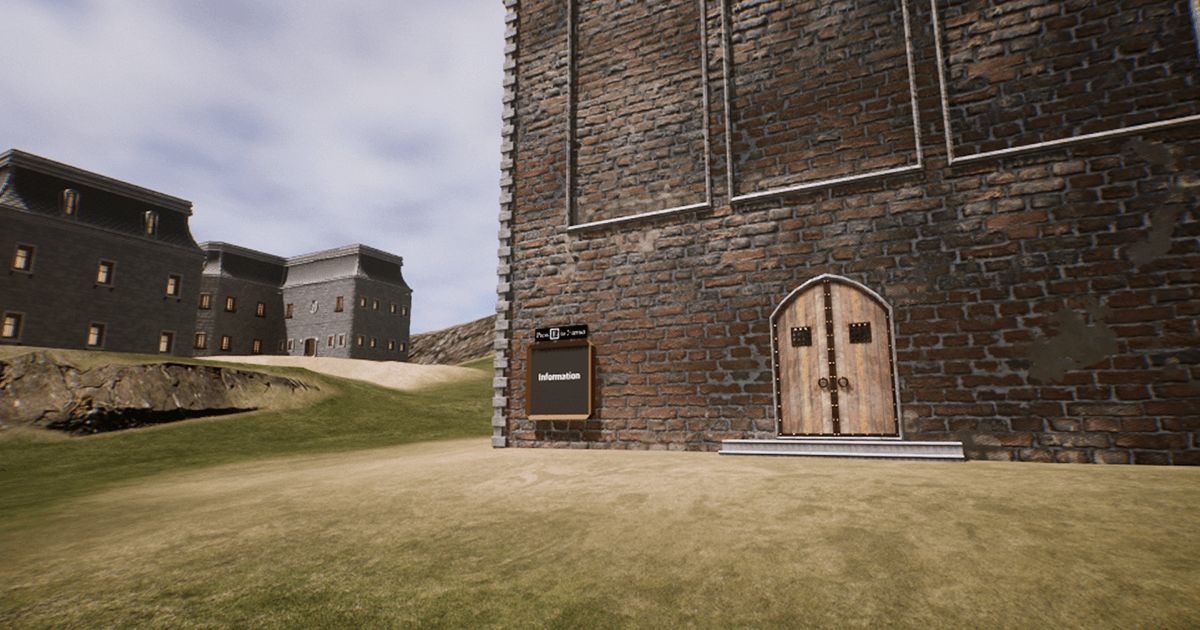
Year: 2024
Case study of Harmoni, a 3D adventure game that helps international students at Uppsala University integrate into the Gotland community. It blends virtual gameplay with real-world cultural experiences, making it easier for newcomers to connect and easily navigate the challenges newcomers face in a new society.
As globalization increases so does the movement of people from one country or community to another. Newcomers often face barriers such as unfamiliar languages and cultural norms, highlighting the need for sustainable solutions to address these challenges. I and my team sought to build a gamified design prototype to reduce these barriers. The goal was to design a game prototype that could help international students integrate into the Gotland community by reducing cultural barriers and promoting involvement in local activities.
So, we asked ourselves how best can we reduce cultural barriers, is it just by teaching language in the game? Community involvement emerged as a key factor in overcoming these barriers. By engaging with locals, individuals can enhance their language skills and cultural understanding. For instance, participating in community events and activities can enable newcomers to practise language in real-life contexts and build meaningful connections.
The main plot is that the player is chosen for the Harmonicathon contest and has to search for hidden artefacts in order to win the contest, but through this process, the player learns about Gotland's history and culture, learns the Swedish language through the workshop and interactions and also participate in community involvement where they can further meet locals to participate in a common goal they so desire, while also learning more about the culture, people, language through the same interaction. Puzzles were designed to give hints to the player on what to do next. The player can walk, run, drive, climb, carry and interact with puzzles and NPCs even though for future developments, interacting with other real human players would be implemented.
Our design decisions were informed by theories of social integration and experiential learning. We utilised these theories to create an avenue for interaction, and culture learning ( culture exchange for future development). Harmoni's game mechanics were designed to encourage players to engage with their environment in the game and real life in order to reduce cultural barriers and facilitate understanding of new cultures and environments and perhaps also a sense of belonging.
We conducted pre- and post-surveys and follow-up interviews with a small group of participants to evaluate the effectiveness of the game.

Designing in-game missions to foster altruism can motivate real-life participation, but a player's inherent motivation towards the specific purpose is crucial.
In-game elements can inspire involvement, but other factors also influence a player's desire to engage in the real community.
Games are effective for teaching culture, with the realism, narrative, and factual accuracy in the design being vital.
Result: Our result showed that our design was effective and impactful to a great extent, the participants showed a strong inclination to participate in community activities after engaging with the game.

I contributed as the project manager, liaising between the team, supervisor and other faculty staff. I ensured the research vision was maintained and worked with my colleagues to draft in-team deadlines. I wrote the GDD. For the development and design; I designed the narrative-as-level design for the game. I designed the puzzle and language workshop feature. I made the first draft of the game flow and then collaborated with the developer to make it better. Also, I spoke about our project and idea at the Game Design Master's Symposium during the Gotland Game Conference.
Result: Our result showed that our design was effective and impactful to a great extent, the participants showed a strong inclination to participate in community activities after engaging with the game.